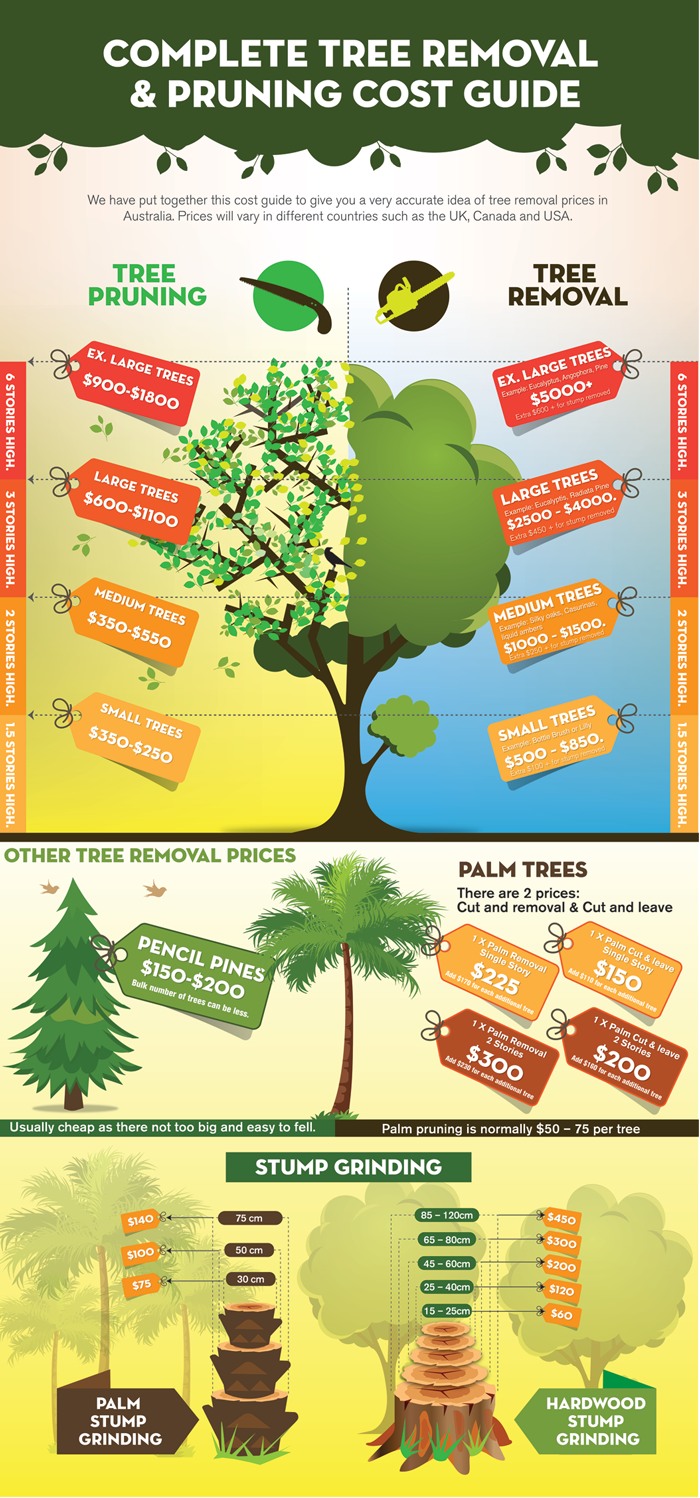Examining Tree Health: Guidelines For Picking Tree Removal
Examining Tree Health: Guidelines For Picking Tree Removal
Blog Article
Authored By-McCollum Stryhn
If you have actually ever questioned the destiny of the trees on your home, comprehending when it's time for removal is critical. But just how do you identify if a tree can be saved or if removal is the only choice? By searching for details indications and assessing safety and security risks, you can make informed decisions that profit both your landscape and your surroundings. Allow's check out the crucial aspects that enter into play when determining the destiny of a tree and how you can guarantee the most effective result for your green companions.
Signs of Tree Decrease
If you observe any of the complying with signs of tree decrease in your yard, it may be time to take into consideration tree removal.
One common sign is dead or rotting branches, which can suggest underlying concerns influencing the tree's health. Watch out for stained or wilted fallen leaves that linger even with appropriate care, as this could be an indication of condition or insects.
One more warning signal is too much leaning or a noticeable shift in the tree's base, which might recommend root problems or architectural instability. Watch out for fungal growth on the trunk or roots, as this can show rot and compromise the tree's stability.
Furthermore, if you observe large cracks in the trunk or significant arm or legs, it's essential to deal with these concerns immediately to avoid potential hazards. Addressing these indicators of tree decrease immediately can help keep the security and aesthetics of your yard atmosphere.
Security Problems
To make certain the health of your residential or commercial property and those around you, focusing on security worries associated with trees is paramount. Trees can pose numerous safety threats otherwise properly maintained. Dead or decaying branches may drop unexpectedly, jeopardizing individuals or harmful frameworks.
Leaning trees can likewise be hazardous, especially if they're leaning towards a structure or power lines. Furthermore, trees with extensive origin systems near structures or underground utilities can create substantial damages gradually.
please click the next website to on a regular basis inspect your trees for any signs of potential danger. Watch out for cracks in the trunk, huge cavities, or indicators of disease and degeneration. If you see any one of these issues, it's finest to talk to a specialist arborist to examine the scenario and establish the essential strategy.
Taking positive steps to attend to safety concerns promptly can avoid accidents and property damage in the future. Remember, the safety of your residential property and those around you ought to always be the top concern when it concerns tree upkeep.
Consulting an Arborist
When thinking about the health and safety of your trees, getting in touch with an arborist is an essential step. Arborists are trained professionals that concentrate on the care and maintenance of trees. They can evaluate the general wellness of your trees, determine any type of problems such as conditions or architectural problems, and provide experienced referrals on the most effective course of action.
By consulting an arborist, you can get valuable insights right into the problem of your trees and identify whether elimination is necessary. Arborists have the knowledge and experience to assess the risks related to keeping a tree versus removing it. They can likewise use assistance on alternate solutions, such as pruning, cabling, or supporting, to help preserve the tree whenever feasible.
Moreover, arborists can aid you navigate any kind of local policies or permits that may be needed for tree elimination. Their knowledge can make sure that the procedure is carried out securely and in conformity with any type of appropriate legislations.
Conclusion
To conclude, when establishing whether trees can be conserved or if elimination is necessary, it is necessary to consider indications of decline and security problems. Consulting an arborist for a thorough evaluation is important in making the very best choice for the tree's health and prospective threats. Keep in mind, proactive treatment and timely action can aid maintain trees and prevent accidents.
